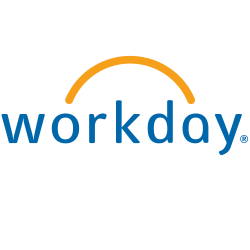Subscribe to AGB - One analysis of a good business every two weeks.
Workday
Workday is the leading cloud native provider of Human Capital Management (HCM) and Financials software for medium and large enterprises. The company has over 45% of the Fortune 500 and 20% of the Global 2000 as customers (3,000+ customers total) of their core HCM platform. The HCM platform is still growing in the mid 20%s annually. Workday’s faster growing Financials platform (+50% annually) now has over 900 customers, most of which are medium enterprises but the company is scaling up as more large enterprises are moving their financials infrastructure to the cloud.
Workday was founded by PeopleSoft founder, David Duffield and executive, Aneel Bhusri after Oracle’s hostile takeover of PeopleSoft in 2005. PeopleSoft was a leader in Enterprise Resource Planning (ERP) software, which consists of HCM, Financials, Supply Chain, Order Processing, Manufacturing, Planning, Procurement, etc. The two founders recognized t…




